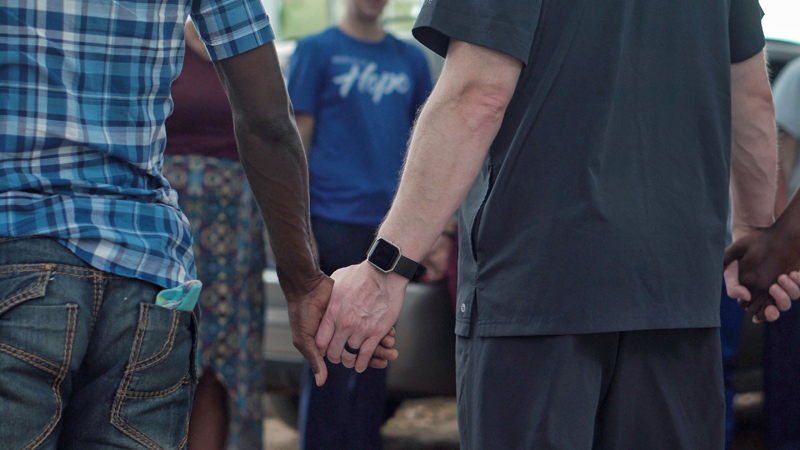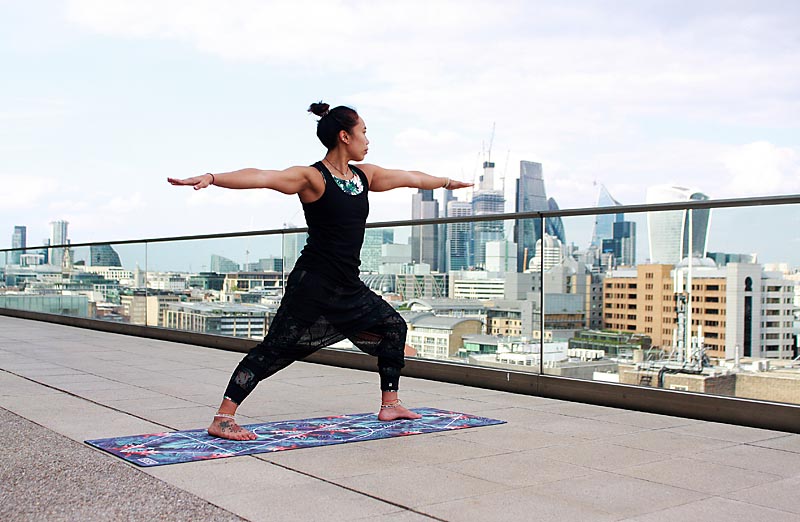Many around us have an image in their heads of what domestic violence looks like: black eyes, broken bones and shuttered windows. Many believe they could spot an abusive person fairly easily: the raging person who is uncomfortable to be around. But domestic violence (also called intimate partner violence, domestic abuse, or relational abuse) takes many forms. It often looks very different than what you’d think.

Who Experiences Domestic Violence?
The National Domestic Violence Hotline defines domestic violence as “a pattern of behavior used by one partner to maintain power and control over another partner in an intimate relationship.” It is not discriminatory — no matter the socioeconomics, age, gender, race, orientation, or religion. Consider these statistics straight from Janedoe.org:
- Primarily Women. 90% of all domestic violence victims are female and most abusers are male.
- LGBT. Gay, lesbian, bisexual and transgender individuals are abused at approximately the same levels as heterosexual couples, but the abuse may be exacerbated by social isolation caused by societal oppression and discrimination.
- Elders. 11% of individuals 60 or older reported experiencing abuse within the last year.
- Children may be victims of domestic violence, hurt by being exposed to the violence and battering of a parent, and are sometimes used by perpetrators as threats of means to coerce their victims.
- Teens. 18% of high school females and 7% of high school boys report being physically hurt by someone they are dating.
- Immigrants. Domestic violence within immigrant and refugee communities can cause victims to be isolated socially and legally with complications due to documentation status and access issues due to language and culture. Abuse may be exacerbated by social isolation, language barriers, and lack of familiarity with local laws and services.
- Men. 17% of men in relationships report violence committed against them by their partner.
- Disabled. People with disabilities experience higher rates of domestic violence than the general public, often by the hand of caretakers or power relationships.
What is Domestic Violence?
Domestic violence can take many forms. Most media portrays it as physical or sexual, but this violence can also be financial or emotional. Abusers will use any means to control their partners in the relationship. They choose when, where, and how the abuse happens, and are often viewed by the general public as upstanding, dependable, well-adjusted people. Domestic violence can take on any of the following forms:
Physical
Physical abuse occurs when physical force is used against you in a way that injures or endangers you. It doesn’t suddenly happen overnight. There’s typically a slow escalation with verbal putdowns, veiled threats, and a gradual isolation from friends and family. Once the isolation
Questions to Ask if You Suspect Physical Abuse
- Does your partner hit, push, slap, choke, kick, bite you or pull your hair?
- Does your partner damage your property?
- Does your partner burn you?
- Does your partner refuse to let you or someone else leave?
- Does your partner leave you in unfamiliar places?
- Does your partner attack you with weapons?

Sexual
Sexual violence includes any action that hinders your ability to control your sexual activity or your ability to choose when, where, and how sexual activity happens. Anything other than consensual sex is an act of aggression and domestic violence.
Questions to Ask if You Suspect Sexual Abuse
- Does your partner force you to have sex against your will?
- Does your partner make you dress in a sexual way?
- Does your partner refuse your request to use condoms or birth control?
Financial
When a partner controls the money and cash flow in the home, it could be a form of domestic violence. Removing access to finances can ensure that you can’t leave. It asserts power and control over your day-to-day life, and makes you subservient to their wishes and desires.
Questions to Ask if You Suspect Financial Abuse
- Does your partner keep cash and credit cards from you?
- Does your partner take your ID, money, or property without your permission?
- Does your partner put you on an allowance and demand you justify every dollar you spend?
- Does your partner keep you from working whatever job you want?
- Does your partner sabotage your job by making you miss work, be late for work, or call constantly)?
- Does your partner steal money from you or your friends and family?
- Does your partner withhold money for basic needs?
Emotional
Emotional abuse affects how you feel about yourself. This is not just in the moment of intentional, overt abuse, but also how you feel about yourself and the world around you. Emotional abuse diminishes your feeling of self-worth and independence, making the world feel like an unsafe place.
Questions To Ask if You Suspect Emotional Abuse
- Does your partner intimidate you?
- Does your partner accuse you of having other relationships?
- Does your partner threaten you, your children, family members, or pets?
- Does your partner continually put you down or make you feel bad or stupid?
- Does your partner keep you from contacting your friends and family?
- Does your partner yell at you?
- Does your partner blame you for abuse?
- Does your partner have an unpredictable temper?
- Does your partner withhold attention or affection?

Ways to Help
Victims of domestic violence are often confused and scared. They second-guess themselves at every turn, apologize continually, and make excuses for their partner. They can sink into depression, anxiety, or suicidal thoughts. If you suspect someone is being abused, speak up! Express your concern. Mention the warning signs you’ve observed. Ask if something is wrong rather than waiting for them to approach you. Listen to them, but don’t pressure them. Don’t give advice. Instead, just offer help. Support their decisions. Be the friend who initiates and be persistent.
Additionally, educate yourself on domestic violence looks like. Read about it. Gather resources like the Power and Control Wheel. Listen to podcasts. Share encouragement. Know the local shelters and other supports for victims of domestic violence. It’s far more prevalent than most believe, so the more people who know how to be a support, a resource, and safe place for those who need it, the more chance we have in stemming the tide of domestic violence.

















